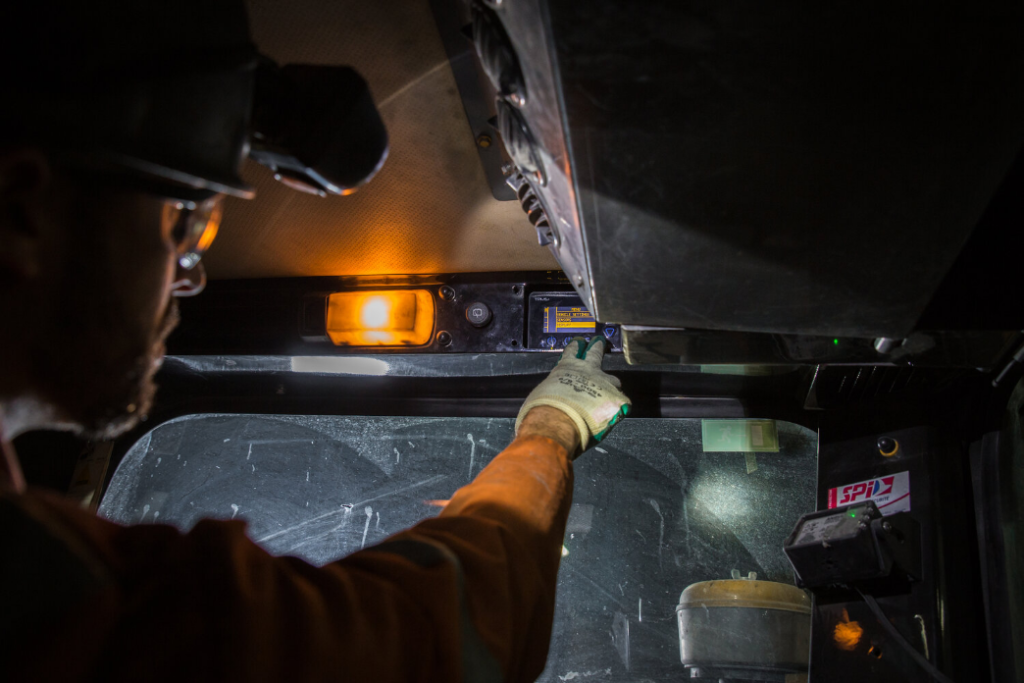Underground mining IoT specialist Newtrax Technologies argued in a recent blog article that while there is a lot of buzz around the use of Artificial Intelligence, Machine Learning, and advanced analytics in the mining industry, “there still are many misconceptions about how they can play a key role at a stage where there is greater takeup of IoT underground.”
Newtrax experts found 4 ways AI can complement IoT System in UG mines: increases predictability; provides the ability to measure data previously unavailable; standardises productivity measurement across operations; and allows optimisation of the mining process as a whole.
“Mines have started digitalising their fleets and collecting data in large quantities. This is where data contextualisation comes in. Through the fleet and network agnostic systems at Newtrax for example, the data collected can be connected and contextualised. Being able to have the full context of any piece of data will bring more possibilities and using trends and algorithms trained by multiple mines can help predict events in any given mine.”
Newtrax believes that mining will be much more calculated in the next 5-10 years, this means knowing exactly what is going on under the surface from to make the mine safer, more profitable and understanding how all of these elements interact with each other to have the most productive operation possible.
The company adds: “It’s not just engine failures that machine learning algorithms can predict in advance, it can see failure in smaller components, too.” Take batteries, as an example. Typically during normal usage, a battery puts out a precise voltage that holds steady for its entire life. But as a battery ages, and approaches failure, subtle variations start to appear.
Newtrax engineer Louis-Pierre Campeau saw the algorithm was picking up a change in the output. When he looked at it, and said, “Well, it’s 26.7 Volts, and it was 26.7 before so it’s okay.” But the algorithm was saying there was a problem. “Then looking deeper, the average was 26.752, and afterward it was 26.716,” Campeau says. “It’s a very small change you just couldn’t pick up by looking at it. This is the REAL power of machine learning. A single person isn’t able to look at all the data…but an algorithm can.”
This is what he says is the real power of machine learning. A single person isn’t able to look at all the data for the different measurements given off by a fleet of vehicles. But an algorithm can, and it’s able to draw connections of things a person isn’t likely to even see as related. “Sometimes there are too many factors put together that you can’t really look at as a whole,” Campeau says. “If one measure goes up while another goes down, at this average and the temperature is going down. There’s a certain limit of information you can process out simultaneously.”
What Newtrax brings is a focus on underground mining and says you won’t just be a client with a company that’s adapting their algorithms for the train yard to fit the underground environment. Newtrax has a large collection of anonymised data from its client base of underground mining companies which it is able to draw on right from the start, Campeau says. “Each mine is part of the large pool of clients we have, and can use all of these insights we get from our previous experience to apply it right away, rather than having to figure out everything from scratch. You may not have seen your LHD’s in every possible situation, but there’s a good chance we have, and can pull patterns from it right when we start.”











